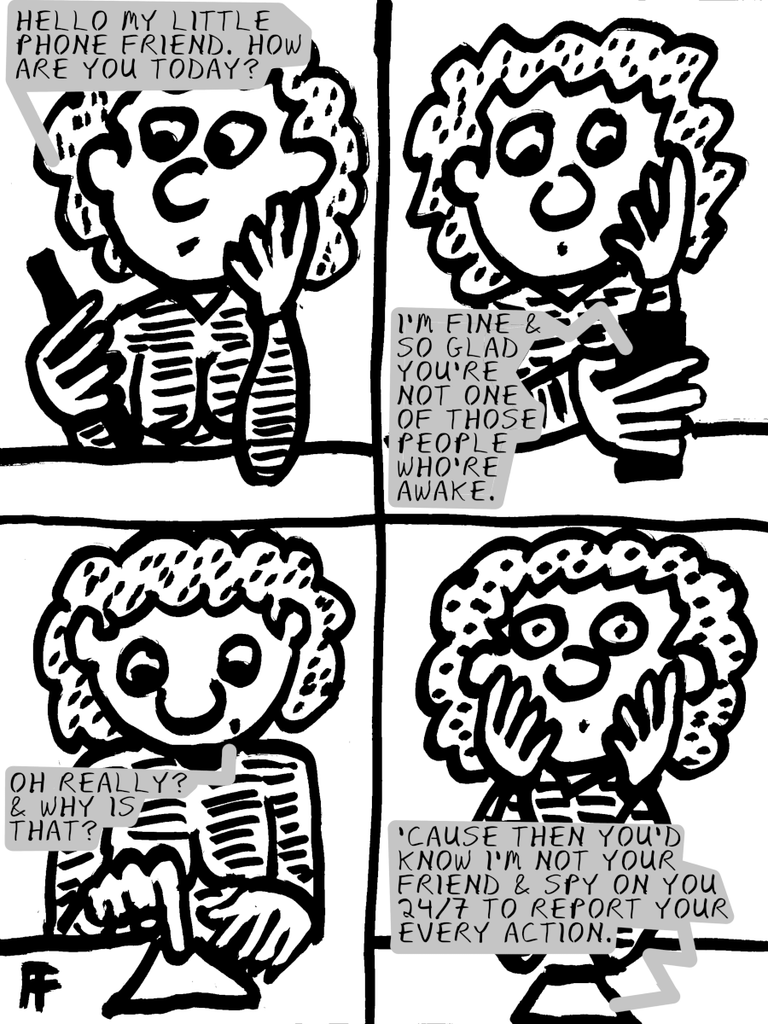
Government agencies can use cellphones to conduct surveillance on their owners, but it's not a 24/7 practice for all individuals.
According to reports, the U.S. government has the capability to track cellphones, often through methods like attaching surveillance devices to airplanes. These devices can capture a large amount of cellphone data from a specific area to track criminals and fugitives. Once a suspect's phone is identified, the non-suspect phones are released.
However, this does not mean that the government is spying on every single phone 24/7. Such surveillance typically targets specific individuals or areas for criminal investigations or national security purposes. The general public's phones are not constantly monitored unless there is a specific reason to do so.
To determine if your phone is being spied upon, you can look for unusual behavior such as unexpected battery drain, unfamiliar apps, or unexplained data usage. It's also important to monitor network connections and use reputable security apps to protect your privacy.
The Central Intelligence Agency (CIA) and the National Security Agency (NSA) are indeed involved in cellphone surveillance, but their activities are subject to certain limitations and oversight.
NSA's Role: The NSA is responsible for collecting, processing, and disseminating foreign signals intelligence information to support national security decision-making. The agency has been known to collect cellphone metadata, including phone numbers, call times, and durations, as part of its bulk surveillance programs.
CIA's Role: The CIA is primarily focused on human intelligence gathering, but it also has a role in signals intelligence collection, including cellphone surveillance. The agency has been reported to use cellphone tracking technology to monitor targets, often in conjunction with other intelligence agencies.
The CIA and NSA
have been involved in various surveillance activities, some of which have raised concerns about law violations. According to available information, the NSA has been known to conduct mass data collection and has been alleged to have physically bugged electronic systems. The CIA/NSA joint Special Collection Service has also been reported to insert eavesdropping devices in high-value targets, such as presidential palaces or embassies.
Detection methods for surveillance law violations by the CIA and NSA are not straightforward, as these agencies often operate in secrecy. However, some methods that have been used to detect such violations include:
Whistleblower reports: Individuals with knowledge of the agencies' activities, such as Edward Snowden, have come forward to report on potential law violations.
Investigative journalism: Journalists have played a crucial role in uncovering surveillance law violations by the CIA and NSA, often through Freedom of Information Act requests or sources within the agencies.
Congressional oversight: The Intelligence Committees of the US House and Senate are responsible for overseeing the activities of the CIA and NSA, although the effectiveness of this oversight has been questioned.
Foreign Intelligence Surveillance Court: This secret court is responsible for regulating the NSA's activities, but its ability to investigate and verify law violations has been limited.
Internal audits: The NSA has been known to conduct internal audits, which have sometimes revealed law violations, such as the unauthorized sharing of intercepts with other law enforcement agencies.
It is worth noting that the detection of surveillance law violations by the CIA and NSA is often hindered by the secrecy surrounding their activities. As a result, it is difficult to determine the full extent of any law violations that may have occurred.



